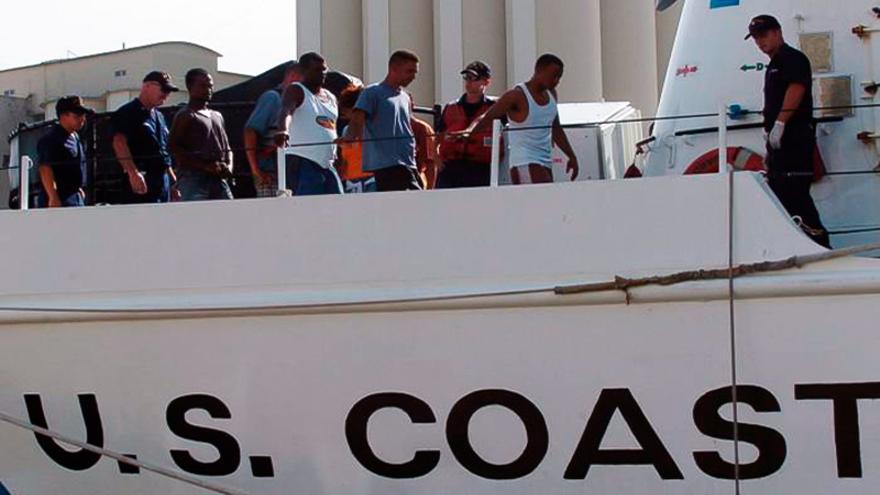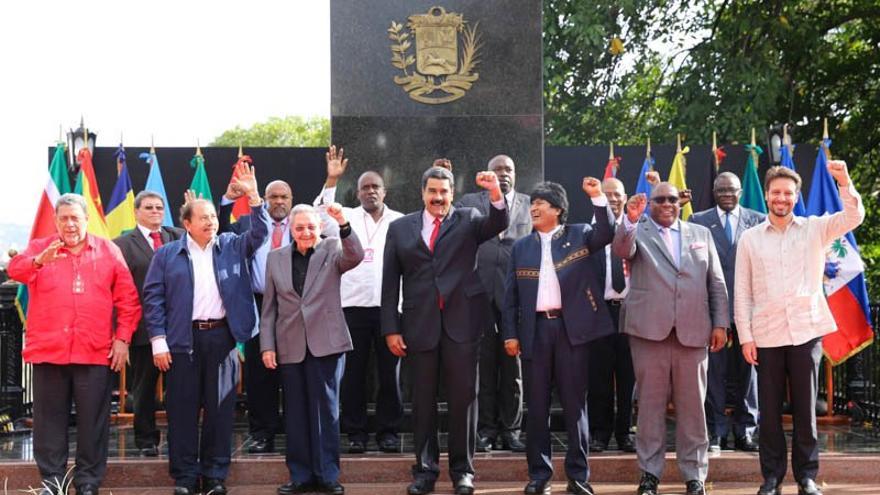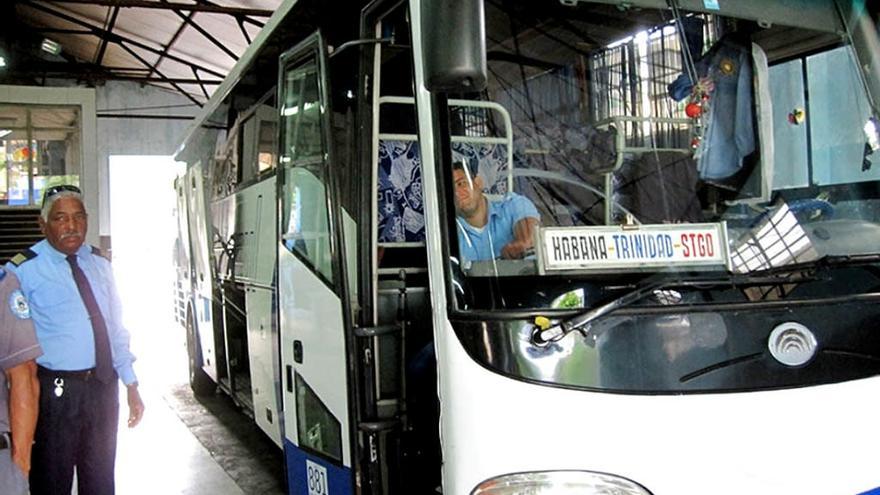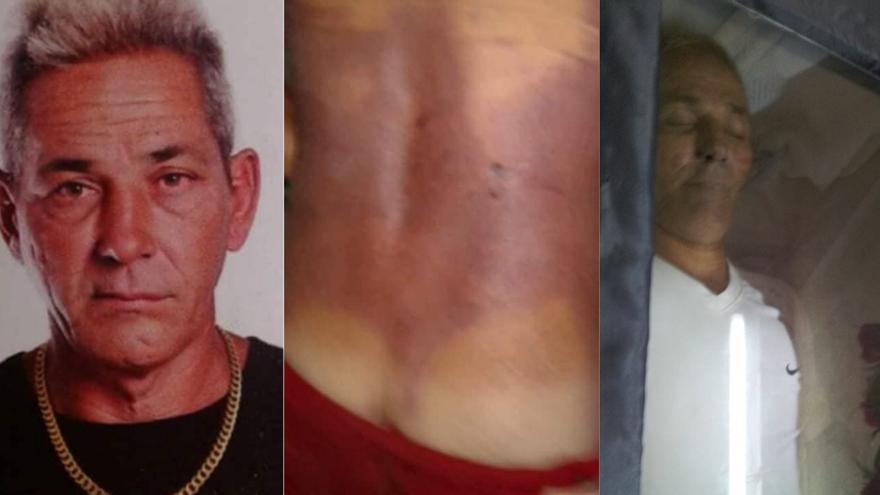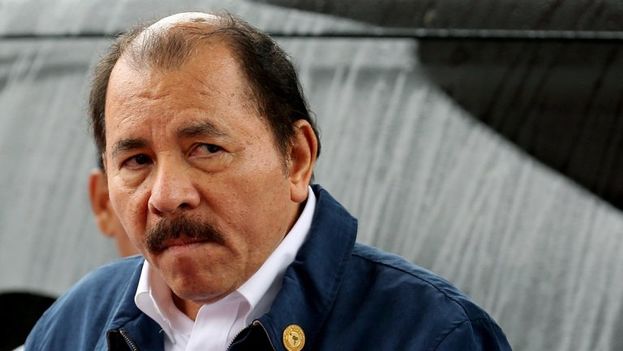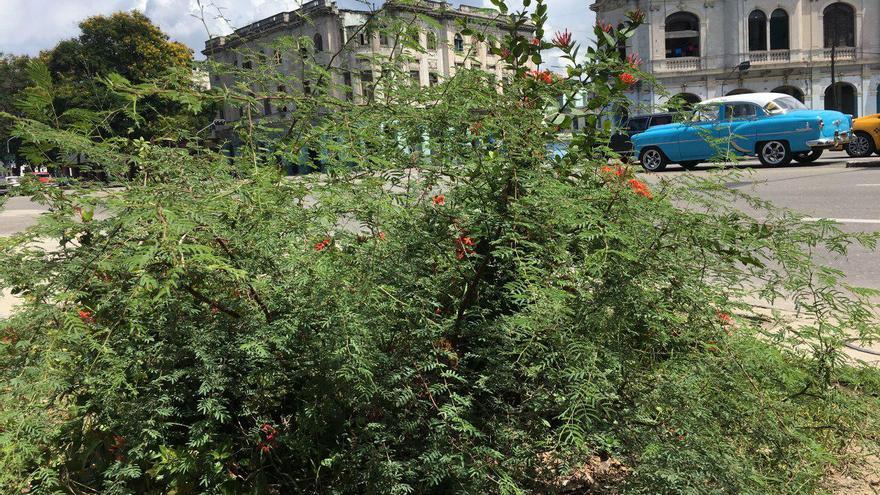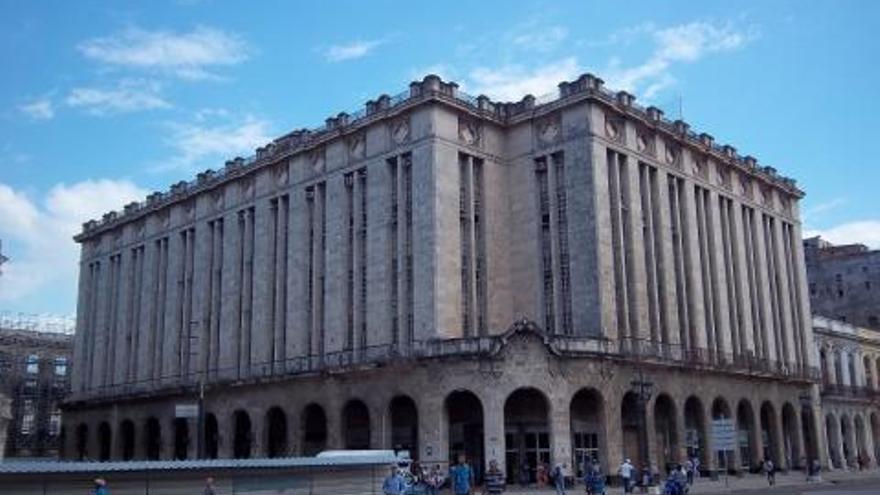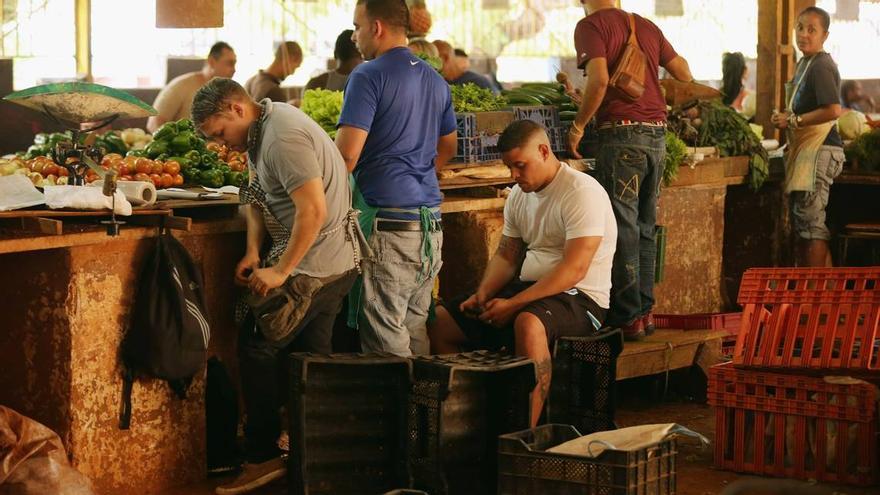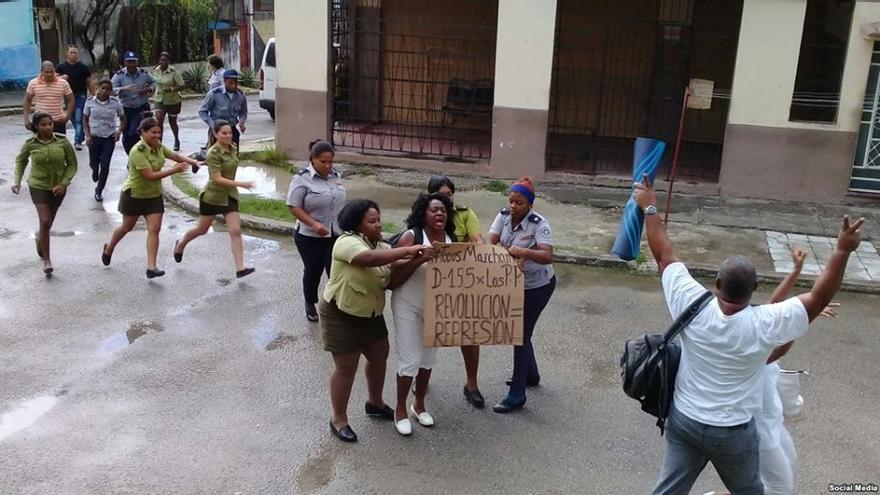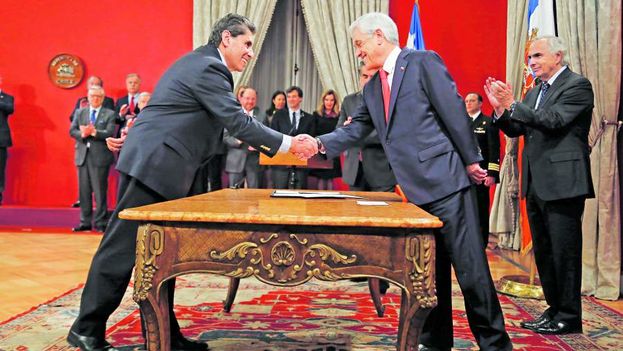
(La Tercera)
![]() 14ymedio, Álvaro Vargas Llosa, Santiago de Chile, August 20, 2018 — It is not easy to assimilate that what just happened to Mauricio Rojas occurred in Chile at the height of 2018, after less than a fifth of the 21st century.
14ymedio, Álvaro Vargas Llosa, Santiago de Chile, August 20, 2018 — It is not easy to assimilate that what just happened to Mauricio Rojas occurred in Chile at the height of 2018, after less than a fifth of the 21st century.
Almost one century after the trials in Moscow, the Chilean intellectual has been submitted to an attempt at destruction of personality, a negation of a whole life trajectory, a traumatic deformation of his thought and actions, a stripping of all dignity and humanity, with the purpose that such a condemnation—so empty of content, so morally and psychologically ruinous, a death sentence (in this case expulsion from the city, to use the classic formula)—be something that the condemned man himself demand of his judges, convinced that his existence is useless. The only thing missing, to complete the Stalinist montage, was that Rojas beg of Chile: Shoot me, I am, in effect, a non-person, a non-man. continue reading
The Right and the Left have killed many people throughout history, and it’s hard to make a definitive accounting of who has killed more, but the Left has an overwhelming advantage in moral destruction, dehumanization by way of personality assassination of the real or supposed adversary. When the Right massacres someone, it gains moral standing, because the right is the incarnation of evil; when the Left massacres someone, it is freeing humanity of an enemy. Mauricio Rojas was the enemy from whom the Left had to liberate public life and the Chilean State.
The essential campaign against Rojas consisted of attacking his strength, which is his moral authority. That moral authority came from two things. First, his former militancy in the Revolutionary Left Movement, the violent MIR of the ‘60s, and his later conversion to liberalism, a process derived from experience, the most powerful thing that can cause someone to come to a conviction and then communicate it to his fellow human beings. To this was added a second source of moral authority: his denunciation, in the name of freedom, of all forms of political violence, abuse against human rights and authoritarian or totalitarian regimes. His books, articles and conferences have been for decades a denunciation against dogmatisms of the Left and the Right, against ideologies that justify vile methods with the pretext of accomplishing noble ends. His texts are available for anyone who takes the time to go to a bookstore, search on Amazon or look them up on the Internet.
This double source of moral authority made Rojas a problem. It was very difficult to throw away his reflections on the contribution of the fanatic Chilean Left of the ‘60s and ‘70s, or on the 1973 Military Coup and the bloody dictatorship and, thus, his present criticism of the dangerous radicalization of the Chilean Left in recent years. After all, this criticism came from the experience and the confession of a convert to liberal democracy, not from a Pinochet supporter.
It’s not difficult to understand why Rojas’ history, his life adventures as well as his discourse, profoundly offended the New Left, which looks very much, mentally, like the Left of the ‘60s and ‘70s, and which contributed much less than what Rojas contributed, between the end of the ‘80s and the decade of the 2000s, to making Chile the most successful country in Latin America.
Once he was named the Minister of Culture, it was essential to destroy his moral authority, that intellectual solvency that stemmed from his personal testimony and his intransigent liberalism in the face of the excesses of the Right and the Left. He only had one way to end the insolence of that nomination that the Executive Power enthroned, and in a position of high visibility to such a dangerous enemy for the strategy of the Chilean New Left. That way was to destroy his moral authority by distorting his double history—his life and his discourse—and converting it, literally, into the opposite of what it really was, into self-negation.
A quotation taken out of context about the Memory Museum was converted into a perfect casus belli for this operation. Anyone who would have taken the trouble to read Dialogue of the Converts would have understood that Rojas himself qualified what Pinochet did as “State terrorism,” and he affirms that nothing justified what happened. Anyone who would have deigned to make a few “clicks” on the Web would have obtained flagrant proof of what Rojas was thinking and continues to think about Pinochet. Among the many texts that would have appeared on the screen is, for example, his article, Revolutionaries and September 11, published 40 years after the Military Coup. There, once again, he speaks of the “horrors of the crimes of the dictatorship.”
If anyone had made a minimum effort to be informed about what the Chilean intellectual thinks about the Memory Museum it would have been enough to prove that his criticism had nothing to do with denial, since on various occasions he made it clear that the brutality and cruelty of the dictatorship that is plotted in the museum reflect facts that truly happened and should never be repeated. It would have informed anyone, also, of the true nature of his criticism of the museum, that can or cannot be shared, and that doesn’t emerge from the negation of the crimes that he himself fought from the first day and that he continues repudiating. At his trial, there was an incomplete version of that black period in the country’s history, because it left out a fundamental teaching that every new generation should learn: in the destruction of democracy, the radicalization of the Left played a decisive role, with its scorn for democratic institutions and the rule of law.
Saying and thinking similar things does not mean justifying Pincochet or that Rojas prefers the crimes of the Right to those of the Left, but rather to work so that never again will such a traumatic, painful and bloody experience be possible, such as what that dictatorship represented. If the antecedents and context of what happened in 1973 are put aside, it is, in the opinion of Rojas, dangerously mutilating the story of that historic stage. To argue this is a form of patriotism, in addition to being an exercise of high intellectual honesty on the part of a man who confesses to having contributed to that state of things from his own ideologization and acceptance of armed struggle as an instrument of justice. Why patriotism? Because he understands that it’s the best way for future generations to free Childe from the bitterness, the polarization and the hatred that led the country to a sinister Military Coup, which in another context surely would not have been viable.
I hope that those who attack the museums of memory in other countries do it in this civilized, reasoned and solid form. In Péru, for example, those who vilify the Museum of Memory are all sympathizers and, at times, servants of fujimorismo, and they do it from denial. For these critics there was no systematic violation of human rights; the figures of deaths are invented; and the story of State violence is an ideological lie of the Left.
Is there any book, article or conference of Mauricio Rojas that has ever argued the monstrosity that Pinochet’s crimes didn’t exist, that the State didn’t violate human rights during the military phase and that the falsity of the Left’s narrative consists in inventing abuses that didn’t happen? I spent many years hearing him speak before different audiences (we often met frequently at public events), and he never argued or even joked about such an imbecility.
Do his critics know this? Of course they do. Those who didn’t know were those numerous Chileans for whom Rojas wasn’t yet a household name, a public man fully recognizable, or he was someone whom they vaguely knew about. Because this easily manipulated public didn’t have an educated idea about Rojas, his detractors tried to convince them that he was aligned with State crimes. And something more: that he was an imposter who invented his biography for convenience.
It wasn’t enough to fabricate the idea that his thinking was like Pinochet’s in order to destroy his moral authority. It was also necessary to reveal his imposture, to convince themselves and outsiders that his life was a farce from beginning to end. Thus, one or another MIR figures were paraded through the press who insisted that Rojas never served in that organization. It didn’t matter that those who said this had responsibilities in the MIR much later than when Rojas was involved, or that many young Marxists of the ‘60s were close witnesses of his ideological radicalism and adherence to the MIR, because, after all, it wasn’t a matter of verifying the truth. The important thing was to advance the lie that then would make any contrary testimony unbelievable.
His detractors didn’t exhaust their methods in this operation. It was indispensable that they assure themselves that, if President Piñera decided against all odds to give Rojas tenure, his performance in that role would be impossible. He had to disavow his representative as a high-level member of the State and reject him as a player. It didn’t matter that Rojas would have announced that one of his great missions was to “democratize culture” to bring it everywhere, including to the poorest and most vulnerable, something that if the Chilean Left had been tolerant, they would have recognized as a goal in tune with their own aspirations (the Left used to talk about democratizing everything: property, credit, services and, horror of horrors, culture, precisely so these things wouldn’t be privileges of an elite).
Nor does it matter that, in the last five months, since his appointment as Presidential Assessor, Rojas had worked to bestow more social sensitivity on the Chilean Right and limit its rough edges. Today these qualities make him someone even more dangerous. The world of culture denies him the possibility of doing his work by using a systematic boycott against him and converting him into a non-person. It is not a lesser irony that, in its actions, the Left thoroughly gives Rojas justification for revealing that it is acting in the dogmatic spirit of the ‘60s and ‘70s.
His detractors think they’ve won the war against Rojas. In reality, they have won only one battle. Like so many converts of the last century (Carlos Alberto Montaner has recalled, speaking of himself, Malraux, Koestler, Semprún and Paz), he is much closer to the truth than his enemies. This should give him, in this moment of ingratitude, strength to win future battles.
(Published previously in La Tercera, one of the major newspapers in Chile. It is reproduced here with the author’s authorization.)
*Translator’s note: Minister of Culture, the Arts and Patrimony of Chile August 9, 2018 – August 13, 2018. He was fired for criticizing the Museum of Memory, commissioned by former President Michelle Bachelet after the Country’s Truth Commission issued a mandate to “account for human rights violations” committed during Pinochet’s dictatorship. In Rojas’ youth he was part of MIR, a revolutionary left-wing movement, and he was exiled to Sweden. He has since become more conservative. In an interview in 2016 with CNN, Rojas said the Museum of Memory gave a false version of history. Francisco Estevetz, the Executive Director of the Museum, says its creation was necessary to guarantee that the abuses suffered under Pinochet will never happen again.
__________________
The 14ymedio team is committed to serious journalism that reflects the reality of deep Cuba. Thank you for joining us on this long road. We invite you to continue supporting us, but this time by becoming a member of 14ymedio. Together we can continue to transform journalism in Cuba.

